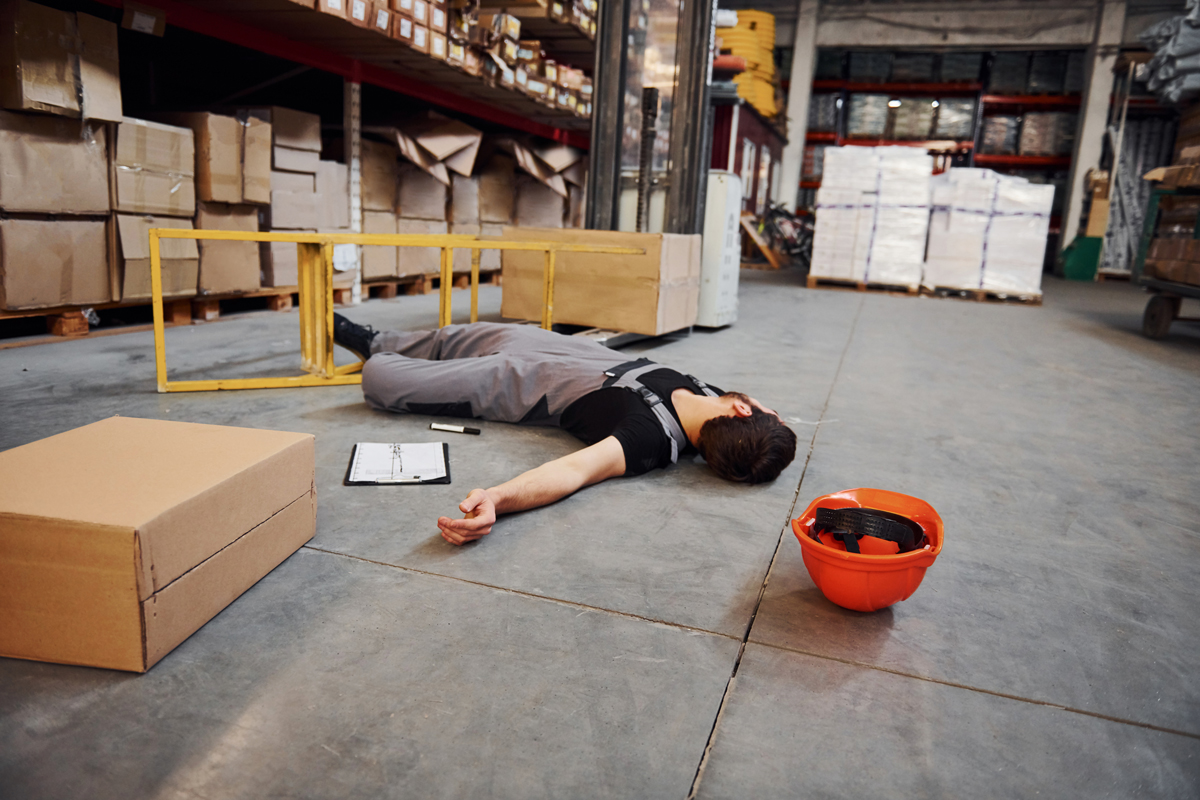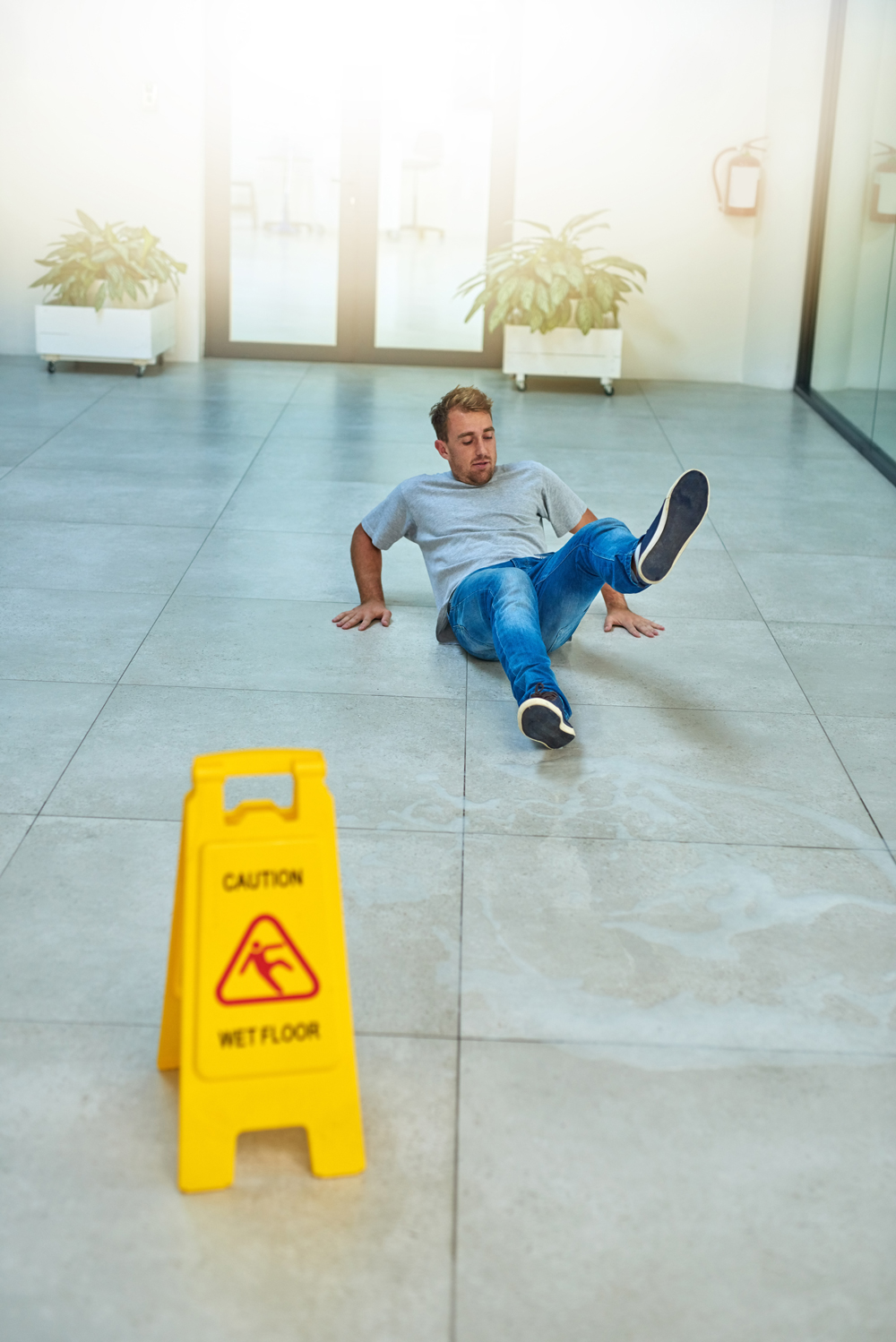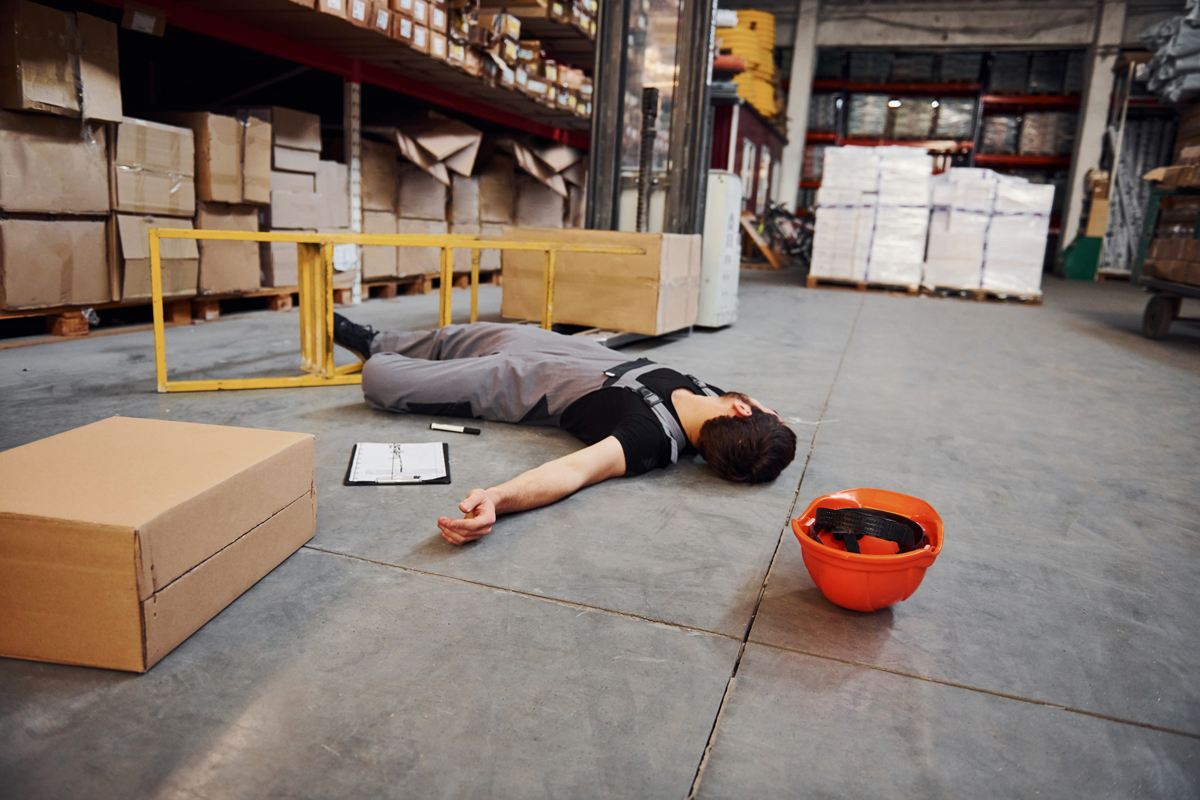Determining Liability for a Slip-and-Fall Accident

If you have been injured on someone else’s property, you may wonder who should be responsible for your medical bills and other expenses. You must determine if the incident was purely an accident that no one could have prevented or if your injuries resulted from a hazardous condition. If the accident was directly related to someone’s negligence, you may be able to pursue compensation for the damages you have suffered.

Premises Liability for Property Owners
What Is Negligence, and How Does It Relate to Slip and Fall Accidents?
Negligence is a legal concept that refers to the failure to exercise reasonable care to prevent harm or injury to others. In the context of slip and fall accidents, negligence occurs when a property owner fails to take appropriate measures to ensure the safety of their property, resulting in an injury to a visitor or employee.
Understanding the Concept of Duty of Care and How It Applies to Property Owners
Duty of care is a legal obligation that all property owners have to protect the safety of those who enter their property. Property owners must take reasonable steps to prevent harm or injury to visitors from dangerous conditions they know or should have known existed on their property.
When a property owner is notified of the potential hazards and fails to mark the area as dangerous, anyone hurt there may hold the property owner liable for the accident by filing a personal injury claim. When the unsafe conditions on the commercial property cannot be repaired immediately, it is the property owner’s responsibility to post warning signs and to notify visitors about those dangers.
So, property owners need to take proactive measures to identify and mitigate any potential hazards on their property, such as repairing uneven surfaces or providing adequate lighting in potentially hazardous areas. There are several dangerous conditions that property and business owners are legally obligated to rectify. By fulfilling their duty of care obligations, property owners can reduce the likelihood of slip and fall accidents and avoid costly legal liability associated with injuries suffered by visitors.
Was There a Hazardous Situation Present on the Premises?
Here are some common hazards that could cause a slip and fall injury on someone’s property:
Damaged stairs or steps: Uneven, cracked, or missing steps or handrails can cause falls. Broken staircases can lead to serious injury accidents and must be repaired as soon as reasonably possible.
Inadequate lighting: Poor lighting can make it hard to see obstacles, steps, cracks, or uneven surfaces, leading to slips, trips, and falls.
Missing or inadequate guards: Absent or ineffective protective barriers could allow people to fall.
Potholes or uneven pavement: Areas of broken or uneven pavement or potholes can catch people unaware and lead to trips or falls.
Slippery surfaces: Slippery floors, sidewalks, driveways, or parking lots can be hazardous and lead to falls and injury.
Other Considerations Regarding Liability
Foreseeability: Assessing whether the property owner or business could have reasonably foreseen the hazardous condition that caused the slip and fall accident and taken steps to prevent it.
Notice: Determining if the property owner or business had prior knowledge of the hazardous condition before the slip and fall accident and failed to address it.
Contributory Negligence: Considering if the victim’s actions played a role in the slip and fall accident, such as wearing inappropriate footwear or not paying attention to their surroundings. This may be taken into account when determining a settlement.
Comparative Fault: Evaluating the degree of fault of the property owner or business and the victim in the slip and fall accident and determining the percentage of responsibility assigned to each party.
Statute of Limitations: The statute of limitations for a slip and fall accident lawsuit can vary from state to state and is typically based on the state’s personal injury statute of limitations. In most states, the deadline to file a slip and fall lawsuit is usually two to three years from the accident date.
Some states have a shorter or longer statute of limitations. It’s important to consult with a qualified attorney in your state to determine the specific statute of limitations that applies to your case and ensure that you file your lawsuit before the deadline expires.
Failing to file the lawsuit before the statute of limitations deadline may result in the court dismissing the case without considering the merits of the claim.

Slip and Fall Injuries
Common injuries resulting from these types of accidents include:
- Broken bones or fractures
- Head injuries or traumatic brain injuries (TBIs)
- Back or spinal cord injuries
- Soft tissue injuries such as sprains or strains
Compensation in a Slip and Fall Case
If you are successful in proving negligence, you may be eligible for compensation for:
- Economic damages, such as medical bills and lost wages.
- Non-economic damages, including pain and suffering and emotional distress.
- Punitive damages may be awarded in cases of extreme negligence or intentional harm.
- Property damages from insurance companies include damage to personal belongings or property caused by the fall.
What to Do After a Slip and Fall Accident?
Immediately after a slip and fall accident, it is important to take the following steps:
1. Seek medical attention. Even if your injuries are minor, it is important to get checked out by a medical professional in case any underlying conditions have been exacerbated.
2. Document the scene of the accident. Take pictures of the area surrounding your fall, including any hazardous conditions that may have been responsible for your injury.
3. Obtain information from witnesses. It is important to get contact information from anyone who may have seen the accident or be able to testify as to what happened.
4. Contact a Las Vegas premises liability attorney as soon as possible. An experienced lawyer can help you build a strong case and pursue compensation from those responsible for your injuries. [1]
Shook & Stone: Holding Negligent Parties Liable
Negligent property owners may be held liable for losses such as medical bills, past and future suffering, therapy fees, and time away from work. The experienced Nevada personal injury lawyers at Shook & Stone have a long history of successfully handling premises liability claims on behalf of injured persons.
If you or a loved one has been injured in a slip-and-fall accident, please call our offices at 702-570-0000 for a free consultation.
Source:
[1] Slip and Fall Quick Facts | NFSI. (n.d.). Slip and Fall Quick Facts | NFSI. https://nfsi.org/nfsi-research/quick-facts/





